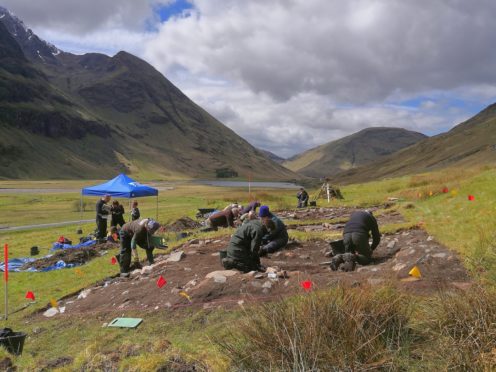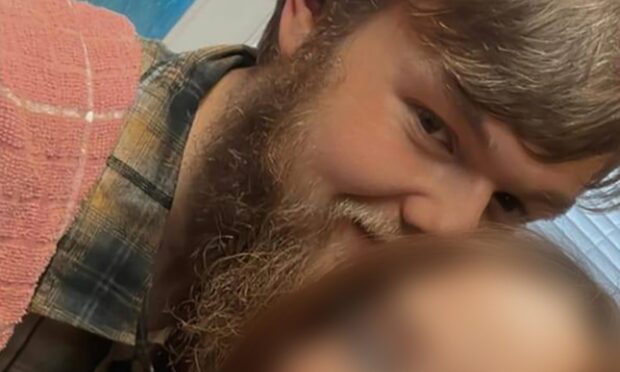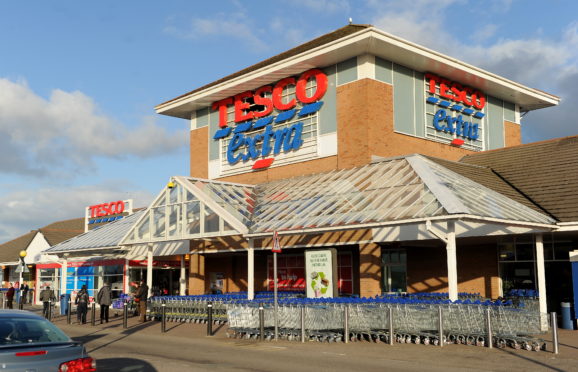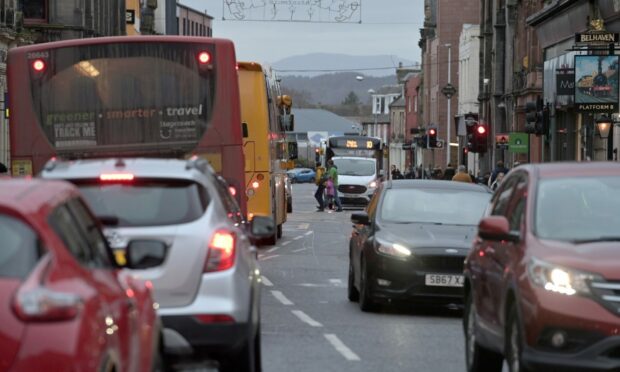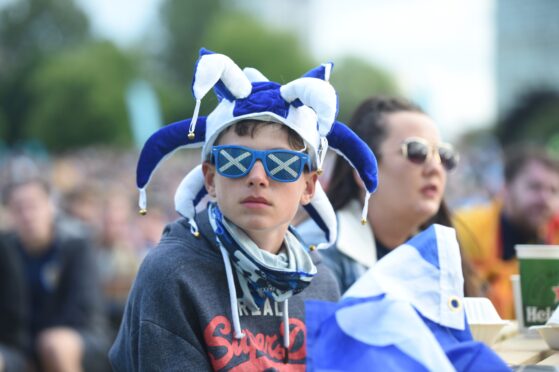Archaeologists from the National Trust for Scotland (NTS) will next month share early plans to reconstruct a 17th – 18th century turf-built, thatched dwelling at Glencoe Visitor Centre.
Derek Alexander, NTS head of archaeology will give a talk about discoveries from recent excavations and surveys in Glencoe and discuss the plans to bring the findings to life at a special talk on Thursday 8 August at 6.30pm at the centre.
Mr Alexander has led digs which have helped uncover more information about where and how people lived in the glen before the Highland Clearances transformed life and landscape.
This is helping shape plans to reconstruct a dwelling based on evidence recovered from the archaeological remains of a house at Achtriochtan, on the lower slopes of the Aonach Eagach, in the heart of the glen.
The 42ft by 20ft building had walls made from turf banks between three and six ft thick.
Emily Bryce, operations manager for Glencoe said: “We are at the early stage of a project in which we would like to work with volunteers, visitors, community groups, schools and local history experts, to bring to life an era which many of our visitors ask about when they come here.
“At the time of the Glencoe Massacre in 1692, it is likely that several hundred people made their homes in the harsh environment of the glen and it can be difficult to imagine how they lived.
“We want to give people a taste of their story at our visitor centre before sign-posting the nearby Glencoe Folk Museum and Fort William’s West Highland Museum where people can delve deeper into this past and see a rich collection of artefacts.”
Proceeds from the talk will go towards the NTS current appeal raising funds to support further Glencoe archaeological work and the turf-house reconstruction.
